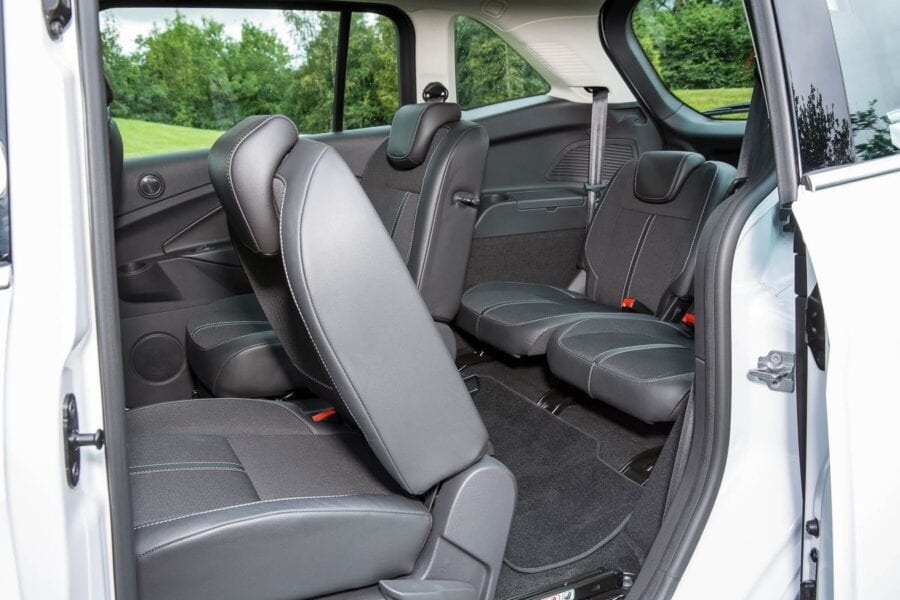
A research laboratory collaborating with Tesla has patented new battery cells. It should be faster, better and cheaper.
NSERC / Tesla Canada Industrial Research Research Laboratory Applies for Patent a new composition of electrical cells, developed by him. Thanks to the new chemical composition of the electrolyte, cells can be charged and discharged faster and at the same time should decompose more slowly.
The new cell chemistry was developed by the team at Jeff Dahn, whose lab has been working for Tesla since 2016. The patent refers to new battery systems that use electrolytes with two additives. It is worth adding here that although the basic composition of the electrolyte of lithium-ion cells is known, in fact it is All cell manufacturers use various additives to reduce the rate of degradation of systems during charging and discharging..
The numbers aren't publicly available, but cell scientists say battery manufacturers use mixtures of two, three, or even five additives to slow down the negative processes that deplete batteries.
> Volkswagen wants to make the MEB platform available to other manufacturers. Will Ford be first?
Dahn's approach reduces the number of additions to two, which in itself lowers production costs. The researcher claims that the new chemical composition developed by him can be used in NMC cells, that is, with cathodes (positive electrodes) containing nickel-manganese-cobalt, and that this will increase their efficiency, will speed up charging and slow down the aging process (source ).
NMC cells are used by many car manufacturers, but not Tesla, which uses NCA (Nickel-Cobalt-Aluminum) cells in cars, and the NMC variant is only installed in energy storage devices.
Recall that in June 2018, during a meeting with Tesla shareholders, Elon Musk said that he sees ways to increase the battery capacity by 30-40 percent without the need to increase it. This will happen within 2-3 years. It is not known if this was related to research done at NSERC or to the aforementioned patent application (see paragraph above: NCM vs NCA).
However, it is easy to calculate that The Tesle S and X, produced in 2021, should offer 130 kWh packages, allowing them to travel 620-700 kilometers on a single charge..
A detailed description of the patent and additions can be found on the Scribd portal HERE.
Opening photo: boiling electrolyte in 18 650 Tesla cells (v) What's inside / YouTube
This may interest you:
